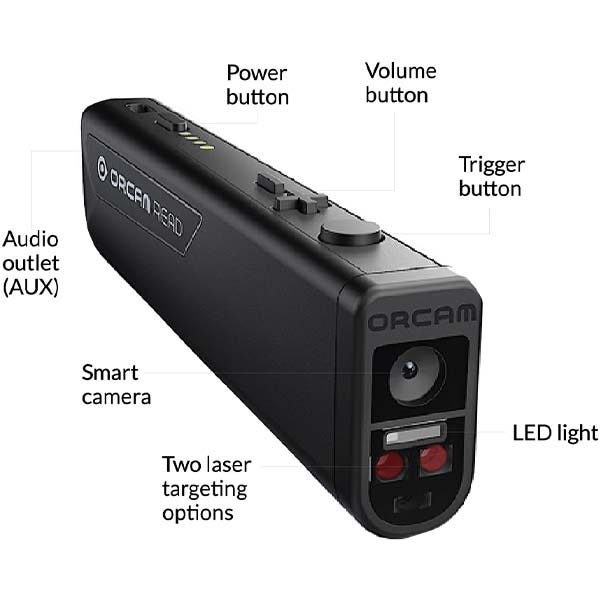

Access Angle: The Importance of Audiobooks and Accessibility
By: Gabriel Ryan, School Health Blog Writer and Contributor
Audiobooks revolutionize the way we interact with literature. They can be valuable for individuals with learning disabilities, visual impairments, or that have difficulty reading or physically holding printed material.
What are Audiobooks?
Audiobooks, sometimes described as a “talking book,” are audio files or recordings of books and other pieces of literature that are read out loud. A reading of the complete text, word-for-word, is called “unabridged,” while an edited version that is shorter is called “abridged.” The recordings are available on records, cassette tapes, CDs, and most popular in digital formats at the present time. Depending on the format, they can be listened to on CD players, Walkmans, computers, tablets, smart phones, home and car entertainment systems, etc.
Spoken word recordings were invented in the late 1800s by Thomas Alva Edison, but the early 1900s is when audiobooks emerged as a result of the creation of a recording studio that supported this purpose. “In 1931, the American Foundation for the Blind (AFB) and Library of Congress Books for the Adult Blind Project established the ‘Talking Books Program’ (Books for the Blind), which was intended to provide reading material for veterans injured during World War I and other visually impaired adults,” according to Matthew Rubery, ed. (2011). "Introduction". Audiobooks, Literature, and Sound Studies. Routledge. pp. 1–21.
You read that right!…Inclusivity and access for people with disabilities was one of the main reasons audiobooks were further established back in the 1900s!
The developments of audiobooks opened the door for Shakespeare’s plays, popular novels, and even the Bible and the Constitution to become available in this audio format many years ago. Audiobooks gained more popularity in the late 1990s and early 2000s when further technology, such as digital media players, became available. By 2017, as technology continued to evolve and expand, consumers were listening more to a digital source rather than physical CDs or audio cassette tapes. Shared by Writer’s Digest in 2022, “…audiobooks are the fastest-growing format in book publishing,” and are, “…predicted to become a $19 billion dollar industry by 2027”.
Originally, audiobooks were read by one narrator and this person was not necessarily the author of the book. It has become popular in more recent times, that Authors narrate their own books or that an entire cast be a part of the recording, instead of just one voice. This has drawn even more people into enjoying and connecting with the material in digital format. Audiobooks provide opportunity and access for people to read more content than ever before since they can read books and “how to” manuals while commuting or multi-tasking.
In education, the use of audio material is invaluable. As an individual with both visual and physical impairments, I was able to take advantage of audio access of printed material back in the late 1990s through early 2000s. I was assigned a cassette player and the books for book reports and class assignments were sent home with me as multiple cassettes. Schools could request to borrow these materials from organizations that support individuals with blindness and visual impairment. At the time, my textbooks were chopped up and scanned into a large digital scanner. There was a program on my assigned laptop that could read the material and highlight the words as they were being spoken. This was certainly a great deal of work for those scanning each page. However, a bit later, the digital copy of the textbooks was available within the teachers’ materials, and we could then use those, instead of having to request the deconstruction of the textbooks. I personally am grateful these materials and access has further developed. I can look up just about anything now on my tablet or smart speaker and listen and learn. I’ve been able to participate in book clubs and discussions about books and related material without having to special order or carry around a cassette or CD player. There are several audiobook platforms that have subscriptions or offer free materials. I am excited to see what the next chapter will unfold in this technology!
Now, with the tap of a screen or the click of a button, a wealth of knowledge and information becomes accessible to all.
Let us know: Did you find this article interesting? Would you like to read more of these types of articles? Do you have a topic you would like to see highlighted? Contact me through email– Gabe Ryan gryan@schoolhealth.com. I’d love to know how you’ve used information from the School Health Access Angle segments.


